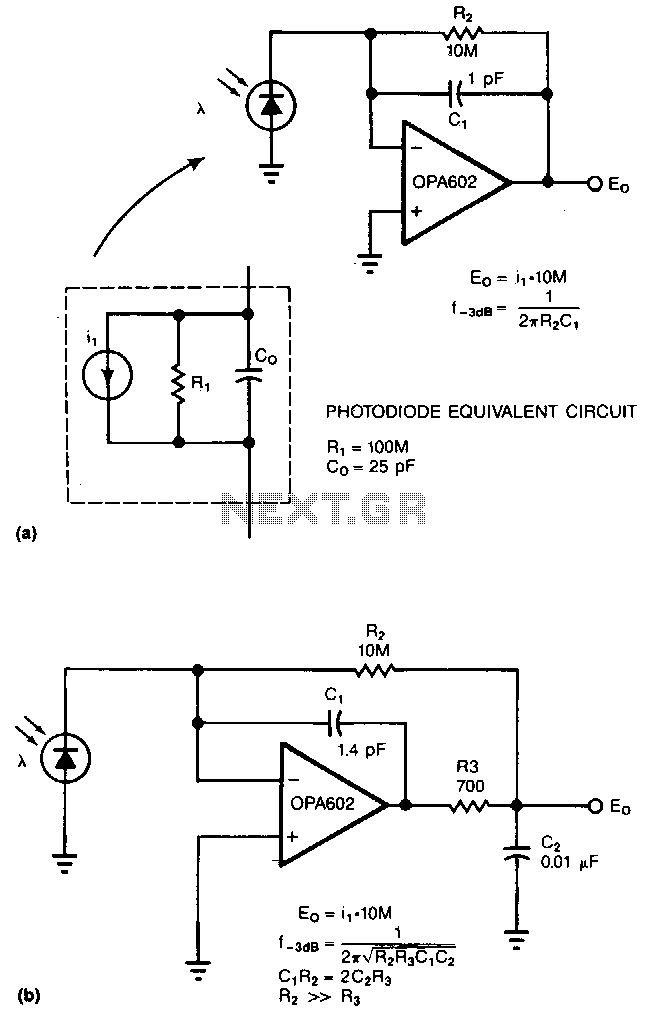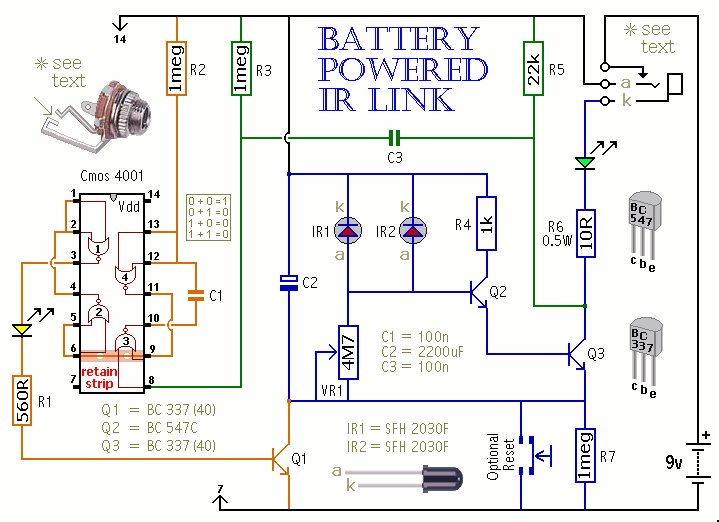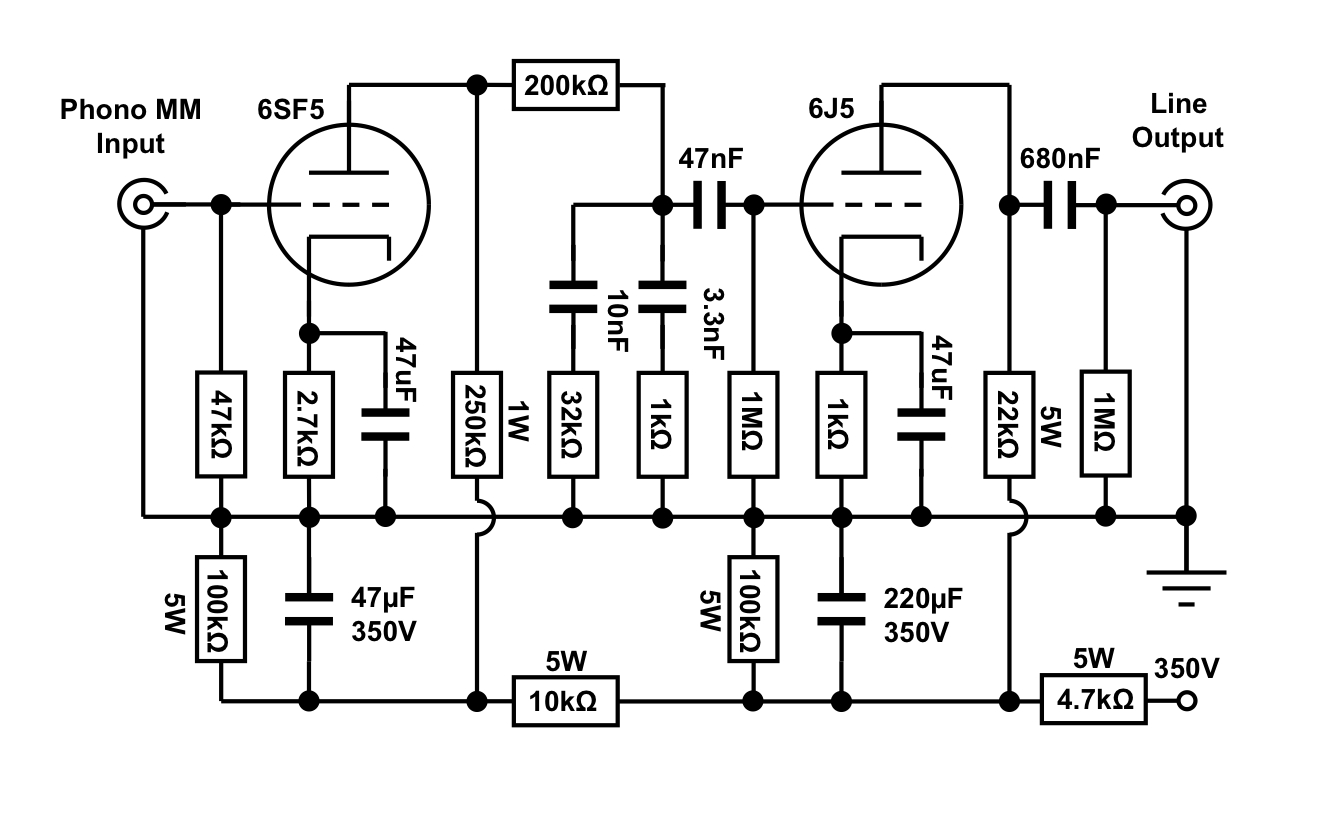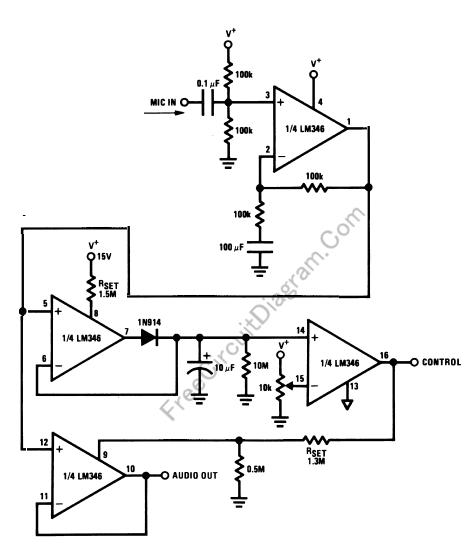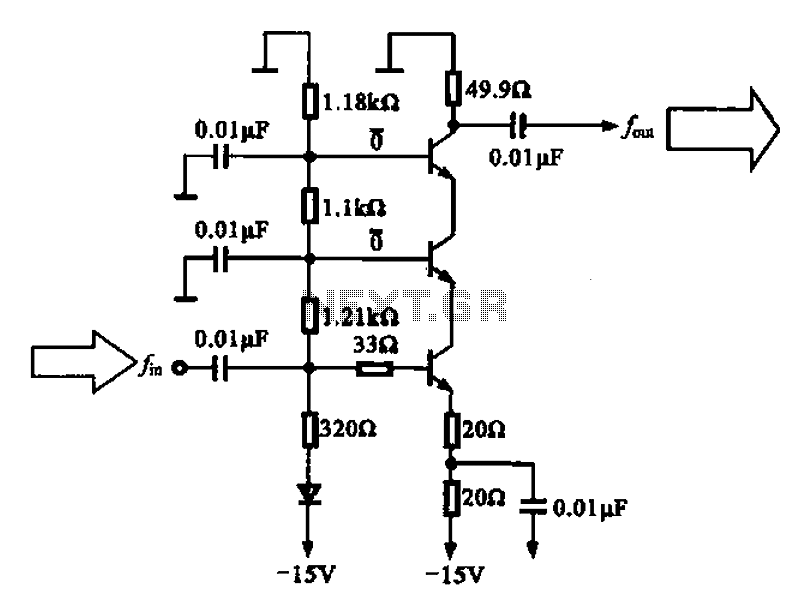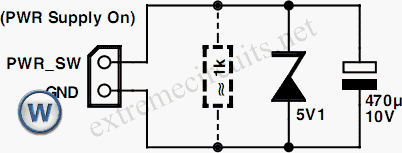
Super Fool power amplifier module
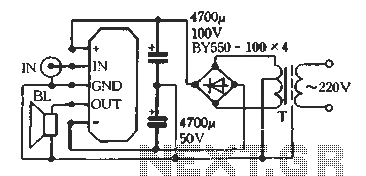
The D amplifier utilizes a series fool manifold and can easily be configured as a mono output transformerless (OTL) or output capacitorless (OCL) audio power amplifier. Figure 3-12 illustrates a single-channel power output typical application wiring diagram for OTL. Figure 3-13 depicts the wiring diagram for a mono OCL amplifier with both positive and negative power outputs. For a dual-channel amplifier circuit layout, two power amplifier modules are required, as shown in Figure 3-14, which presents the typical application wiring diagram for a two-channel OCL configuration using both positive and negative power.
The D amplifier circuit operates by employing a series fool manifold, which facilitates efficient audio amplification. The mono OTL configuration, as represented in Figure 3-12, allows for a simplified design that eliminates the need for output transformers, thereby enhancing audio quality by minimizing distortion and improving frequency response. The wiring diagram illustrates the connections necessary for a single-channel output, ensuring that the amplifier can deliver high-quality audio signals without the drawbacks associated with traditional transformer-based designs.
In the case of the mono OCL amplifier, depicted in Figure 3-13, the circuit is designed to operate with both positive and negative power supplies. This configuration is advantageous as it allows for a broader dynamic range and improved performance in audio applications. The wiring diagram provides a clear representation of the necessary connections to achieve optimal performance in this setup.
For applications requiring dual-channel amplification, the use of two power amplifier modules is essential, as shown in Figure 3-14. This configuration allows for stereo sound reproduction, enhancing the listening experience by providing distinct left and right audio channels. The typical application wiring diagram illustrates how to connect the modules to utilize both positive and negative power supplies effectively, ensuring balanced audio output across both channels.
Overall, the D amplifier's design and configurations cater to various audio amplification needs, providing flexibility for both mono and dual-channel applications while maintaining high audio fidelity and performance.D amplifier uses a series fool manifold. Can easily organize a mono OTL or OCL audio power amplifier, Figure 3-12 is a single-channel power output Typical application wiring diagram OTL. Figure 3-13 for the positive and negative power mono ocl, the output of a typical application wiring diagram. For dual-channel amplifier circuit lap, you need to use two power amplifier module q fool Figure 3-14 is the use of positive and negative power of two-channel output Typical application wiring diagram ocl-
The D amplifier circuit operates by employing a series fool manifold, which facilitates efficient audio amplification. The mono OTL configuration, as represented in Figure 3-12, allows for a simplified design that eliminates the need for output transformers, thereby enhancing audio quality by minimizing distortion and improving frequency response. The wiring diagram illustrates the connections necessary for a single-channel output, ensuring that the amplifier can deliver high-quality audio signals without the drawbacks associated with traditional transformer-based designs.
In the case of the mono OCL amplifier, depicted in Figure 3-13, the circuit is designed to operate with both positive and negative power supplies. This configuration is advantageous as it allows for a broader dynamic range and improved performance in audio applications. The wiring diagram provides a clear representation of the necessary connections to achieve optimal performance in this setup.
For applications requiring dual-channel amplification, the use of two power amplifier modules is essential, as shown in Figure 3-14. This configuration allows for stereo sound reproduction, enhancing the listening experience by providing distinct left and right audio channels. The typical application wiring diagram illustrates how to connect the modules to utilize both positive and negative power supplies effectively, ensuring balanced audio output across both channels.
Overall, the D amplifier's design and configurations cater to various audio amplification needs, providing flexibility for both mono and dual-channel applications while maintaining high audio fidelity and performance.D amplifier uses a series fool manifold. Can easily organize a mono OTL or OCL audio power amplifier, Figure 3-12 is a single-channel power output Typical application wiring diagram OTL. Figure 3-13 for the positive and negative power mono ocl, the output of a typical application wiring diagram. For dual-channel amplifier circuit lap, you need to use two power amplifier module q fool Figure 3-14 is the use of positive and negative power of two-channel output Typical application wiring diagram ocl-
